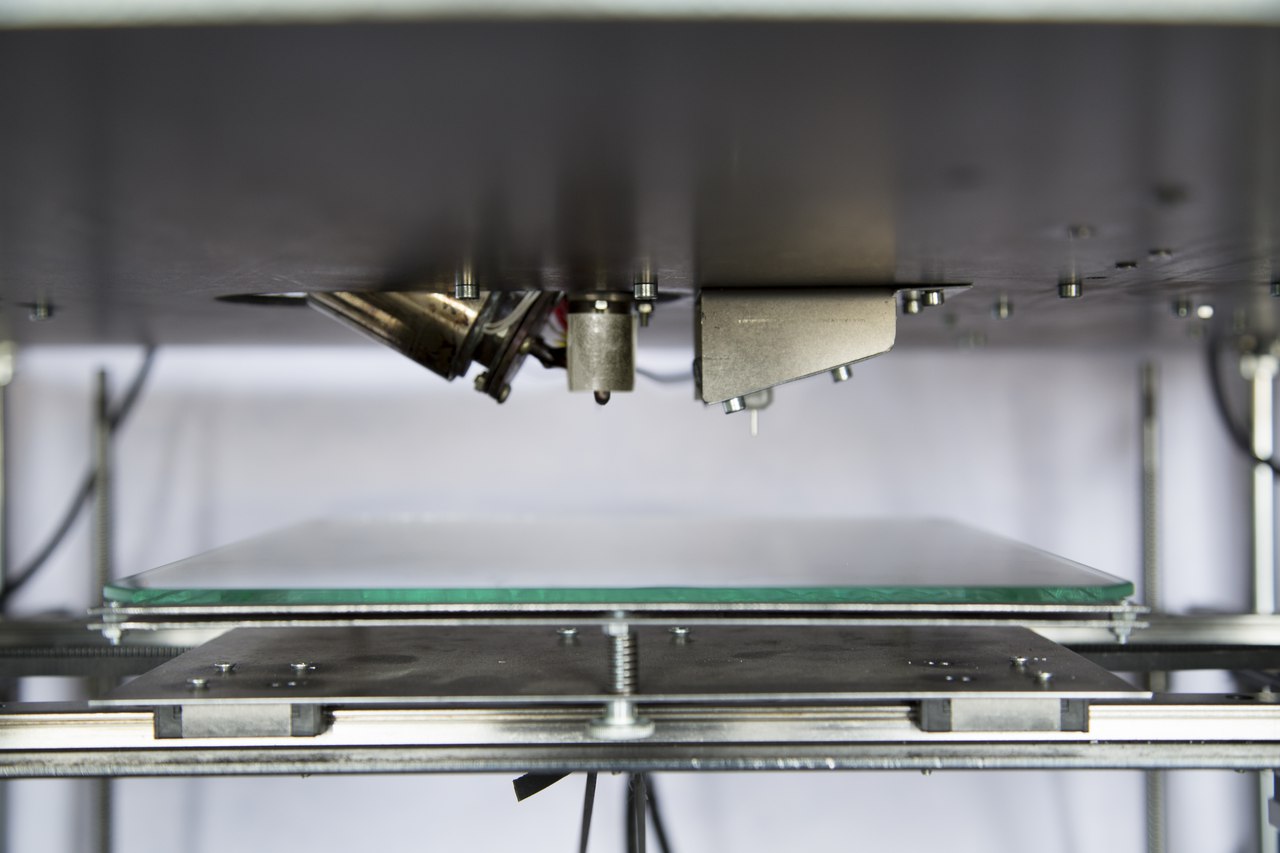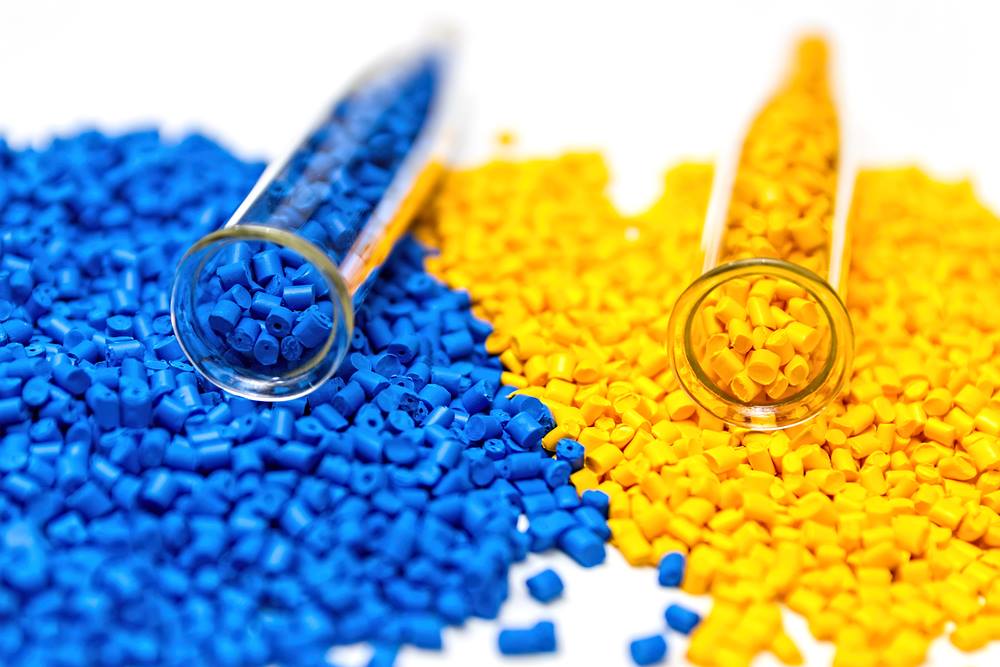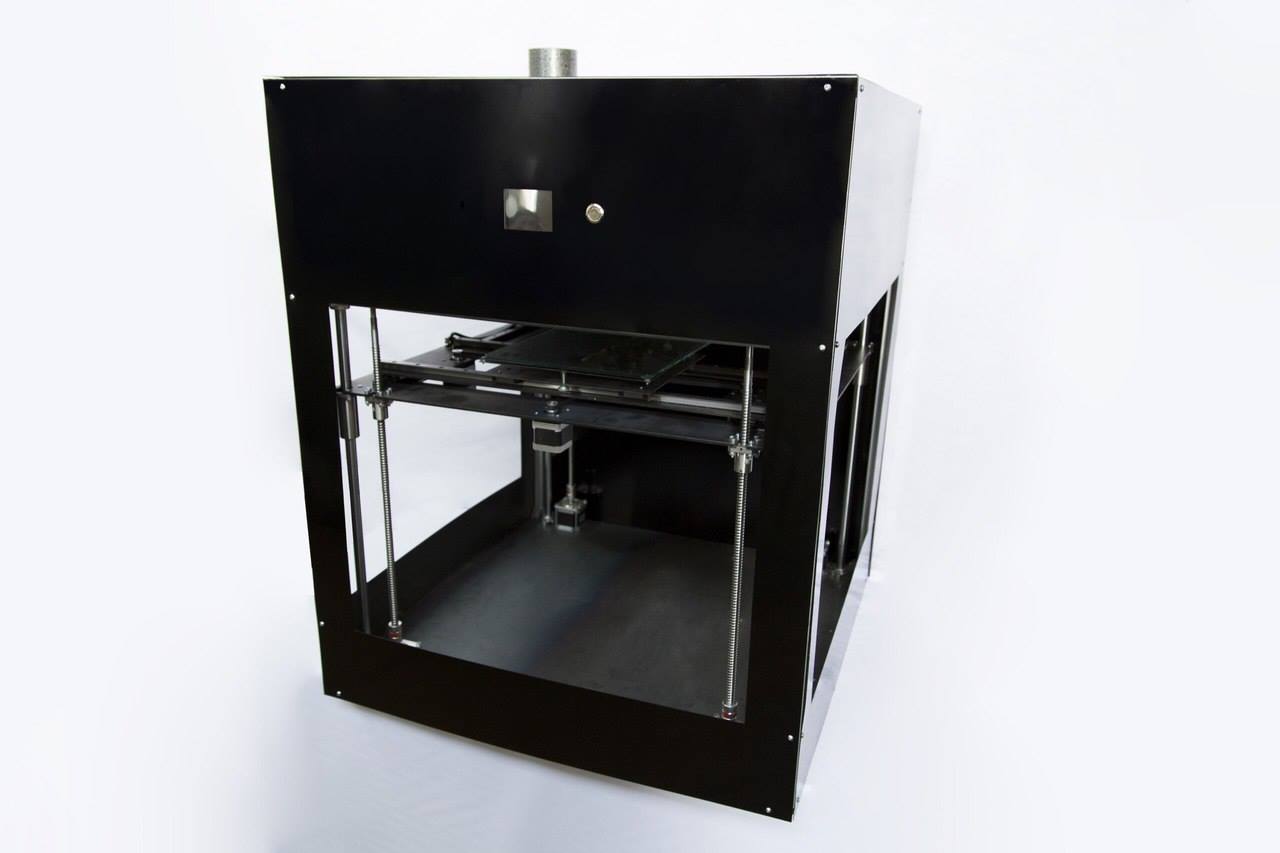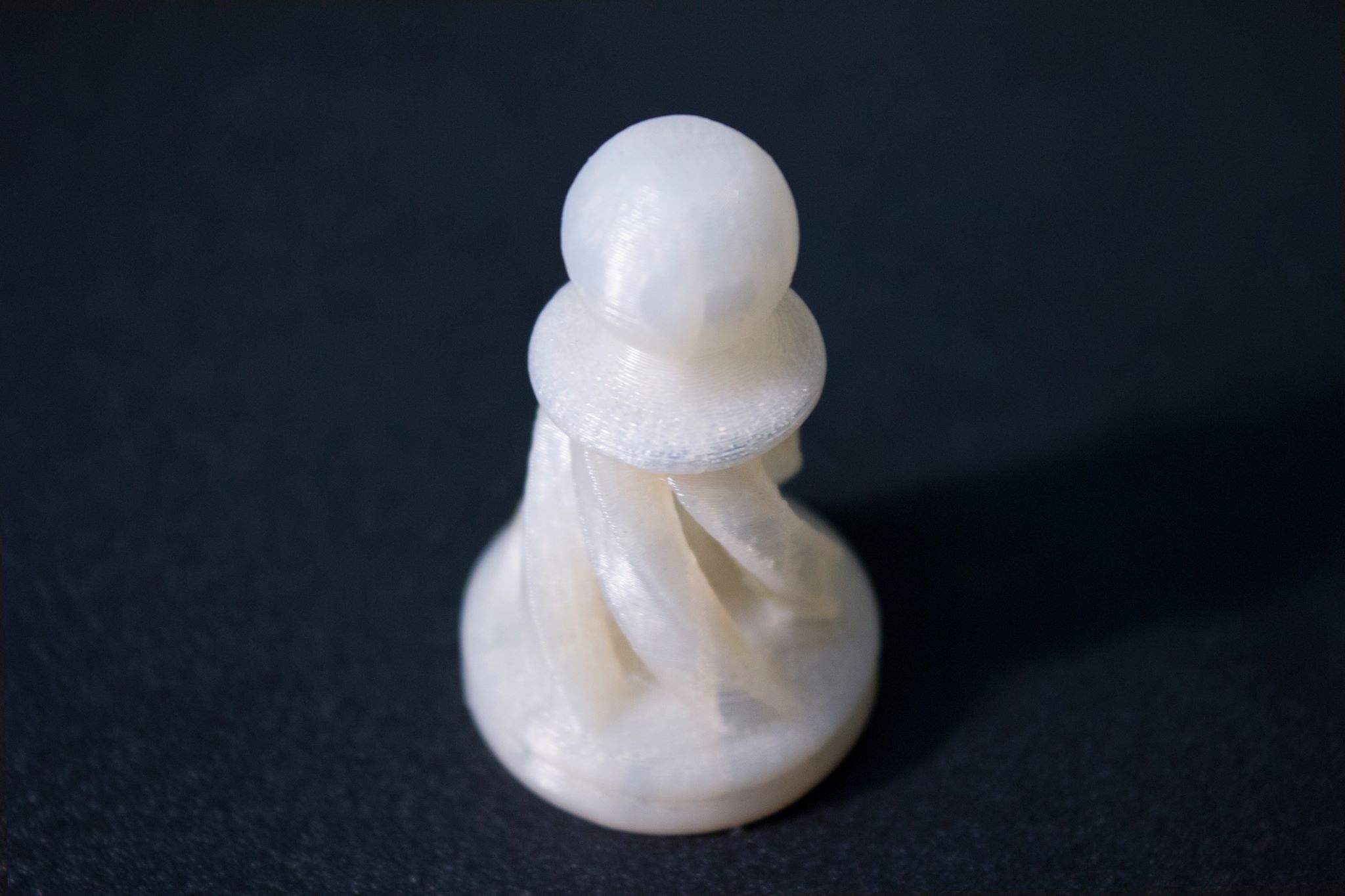
Most people have already met with 3D printing one way or another, but still there is a myth that you can print anything you like on a 3D printer. But this is far from the case. And as a result, 3D printing cannot be widely used in the production chains of large companies. The main technological problem of three-dimensional printing according to the FDM method is the use of unfilled polymers (polylactite, acrylonitrile butadiene styrene) as a material to be processed, which significantly limits the scope of products obtained using FDM printing.
This problem is largely due to the fact that for materials of polymer rods (filaments) there are rather “hard” requirements for physical and mechanical properties, melt viscosity - processability, thermal and physical properties, adhesion to various surfaces, etc. Thus, the filament for 3D - the press is a high-grade polymeric product. However, the production of three-dimensional prototypes based on such filaments with functional properties is extremely difficult due to the need to achieve high parameters in terms of mechanical, thermal, electrical and other properties of the final products obtained by three-dimensional printing using the FDM method, and simultaneously complying with the technological requirements for the filament, which is used for the manufacture of the final product.
In other words, obtaining a “filament” from highly filled materials (heat-conducting, high-strength, chemically resistant, etc.) is an extremely difficult, and in some cases even impossible task. If the “filament” is obtained, then it is not possible to print them on conventional 3D printers.
In general, the use of polymer-composite materials in FDM 3D printing is associated with a number of limitations and problems:
- The development of polymeric compositions for printing by the FDM method, taking into account the specific features of the molding by the additive method of functional products, is a complex research task that requires taking into account the properties of both the resulting products and the properties of the consumable material;
- high brittleness and low performance of the filament of highly filled composites;
- low adhesion of the filler in the polymer matrix under certain load conditions;
- lack of technological capabilities of printing reinforced filaments;
- A limited range of 3D printing technologies that processes filled and highly filled polymeric materials presented in the form of granules.

The solution to this problem is the abandonment of polymer rods and use as a consumable material for 3D printing granules and powders, which are widely used for industrial injection molding.

For these purposes, a unique 3D printer with a screw-plunger extruder was developed, which allows processing low-flowing polymer-composite materials in the following process windows:
1. Viscosity of melts: 5 - 100 KPa × s;
2. Operating temperatures: 25 - 450 ° C;
3. Temperature of the heat chamber: 120 °
3. Volume of printing 350 × 350 × 350 mm;
4. Print speed up to 30 cm3 / min;
5. Positioning accuracy from 0.05 mm.
Recyclable materials:
- Thermoplastics and thermoplastic elastomers: ABS copolymer, LDPE, PP, PVA, PET, PMMA, PST, 1,2-SPB, SBS, thermoplastic polyolefin elastomers, thermoplastic elastomers;
- High-strength engineering plastics: polyphenylsulfide, polyetheretherketone, polycarbonate, fluoroplast;
- Biodegradable polymers: polylactide, polyhydroxyalkanoates.
As a short reinforcing agents for three-dimensional prototypes, can be a variety of polymeric and inorganic fibers:
- Monofilament: fiberglass, carbon, viscose, polyester; polyamide, copper, nickel, aluminum and silver fiber;
- Hybrid fibers: metallotextile, metal-glass and metal-polymer fibers;
- Biodegradable fibers: viscose, collagen, hydrogel and polysaccharide fibers.
The presented technology will allow to create products from composite materials with the widest field of application, and not only prototypes, but ready-made functional products, which is relevant in the context of increasing trends in the introduction of composite materials in large-scale industry and the expectations of the market of additive technologies.

In comparison with the “filament” 3D-printers, this technology has a number of advantages:
- a wide range of processed materials - opens up the possibility of using those materials that were previously available only to users of the expensive technology of Selective Laser Sintering (SLS), as well as previously unsuitable for 3D printing in principle;
- reduction of material costs by 5-10 times;
- increased throughput of the extruder and, as a result, high print speed;
- preservation of the original material properties in the final product;
- the ability to experiment with filling the material directly during printing;
- the ability to test new materials directly in the form of the final product.
Similar developments in the Russian market is not represented. Startups with similar developments are just emerging on the Western market, but they are also inferior in print quality, price and capabilities.
 Pawn Printed from Polyamide-6
Pawn Printed from Polyamide-6Why use such a device if you can cast any material under pressure on an injection molding machine? The answer is simple - a 3D printer does not require additional equipment (lithium forms, etc.), and the price for one product is comparable only when printing from 300,000 pieces. In other words, small-scale production is cheaper by 90% and it does not require additional costs for re-equipment, only consumables.
Accordingly, potential consumers are representatives of large-scale industry, in the field of automobile and aviation industry, manufacturers of consumer and technical products, including electronics, R & D centers and medicine. The technology can also find its application for customized small-scale production in the concept of Industry 4.0.